With the rapid development of Generative AI and AI more generally, everyone in the sector wants to know what it will mean for retail
A new report by management consultancy firm Bain, shared exclusively with Retail Week, says that new technology and underlying trends mean there are six major shifts that will likely happen over the next decade.
As well as businesses handing over much of their operations to automated tools, it includes widespread use of AI shopping agents and big changes to the role of physical stores.
“Retail is on the brink of transformation. These disruptions are not speculative – they’re already taking hold,” said Marc-André Kamel, partner and global head of Bain & Company’s retail practice. “Our research convinces us that the industry will be comprehensively altered over the next five to 10 years, setting the stage for a retail renaissance.
Supporting that fact, they cite research showing that non-core business revenue such as retail media, third-party marketplaces, financial services and logistics now represent 15% of sales and 25% of profits for the average large retailer. That is up from 2021 when it was 10% for both measures.
The urgency of making changes that drive growth was shown by separate figures, also released today by Bain, which show that the top 25 consumer goods companies in the world started 2025 with the lowest growth rate in three years (1.6% in Q1 2025 versus same period in Q1 2024).
This is caused by a reduction in sales volumes of 0.8% combined with only moderate price growth of 2.4%. “What’s clear: Volume-led growth continues to be elusive, and pricing power is no longer a reliable fallback,” the report reads.
Below, we outline the key changes set out by Bain and what they could mean for the sector.
Algorithms and robots will run your business
“Not too far in the future, nearly every core retail process will be taken over by AI and physical forms of automation. Core activities such as merchandising, category management, pricing and promotions will be performed by AI models that will make many decisions on autopilot,” the report reads.
That human-out-of-the-loop forecast would mean a massive shift for retailers, with Bain saying it could have the time that some functions might be able to handle their current workload in. This would allow cutting-edge retailers embracing the tech to cut costs and therefore prices ahead of their slower-to-change rivals.
Customers will cheat on you with AI shopping agents
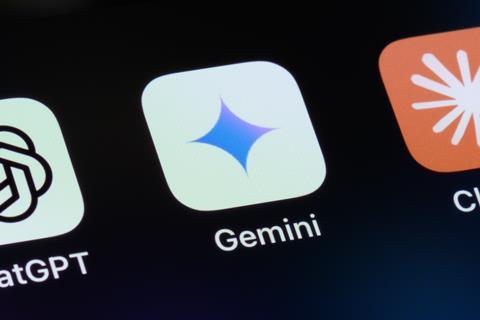
“How would their sales and profit hold up if 20 to 30% of shoppers regularly devolve their purchasing decisions to AI agents, say?” the Bain report asks.
Retailers need to be extremely aware of Generative AI as a growing path to purchase.
The number of people navigating to retail sites from AI sources has grown by 630% since August 2024, according to Adobe Analytics data. Adobe ran a survey of 2,000 UK consumers in February that showed over a third (35%) have used AI assistants when shopping online.
Google is currently rolling out its AI Mode, which introduces a chatbot on its search page. If successful, users of the site will no longer have to trawl through product pages to find the item that suits their need. Instead, AI Mode will happily create a table or chart comparing product details and prices.
In addition to search engine optimisation, retailers should already be thinking about how to optimise their websites to be picked up by AI tools.
Value will become more personal and contextual
If GenAI meets its potential, then it could mean big cost savings for retailers, but Bain predicts that new approaches driven by technology innovations will ultimately redefine what value means to customers.
“What a shopper values on a Monday morning when they are rushing to get to work is different than what they value on the weekend when enjoying leisure time with family and friends,” the report reads. It argues that digital tools as they exist are already responding to customer needs in the moment and the technology will get so much better that it will redefine consumer expectations.
Zendesk chief technology officer Adrian McDermott, in a recent interview with Retail Week, said automation as it pertains to customer service would force retailers to make a choice about the quality of their service, saying “Am I the Japanese capsule hotel where someone walks up, scans their credit card and a key pops out? Or am I the Aman Tokyo where you’re paying handsomely for a level of a superior service that is quite wonderful?”
Grocers will become fast-moving consumer goods (FMCG) businesses
Almost half of grocery consumers in the US and Europe say they look for private label products when doing their shopping. This has translated to a market share of 20% for own-label in the US, rising to between 30 and 50% in major European markets.
Separate data from Kantar shows that premium own-label products have been the fastest-growing part of the UK grocery market since September 2023. These products have the alluring combination of feeling like a splurge, while still being cheaper than premium brands.
Bain encourages retailers to consider “edgier” scenarios, such as private label taking 70% market share in its strongest markets by 2035. This would mean grocers relying more on own-label than they do on branded items. The positive for retailers here is greater resilience and a chance for differentiation through must-have products, but the challenge, the report says, is avoiding strained relationships with suppliers.
You might not need as many stores as you think
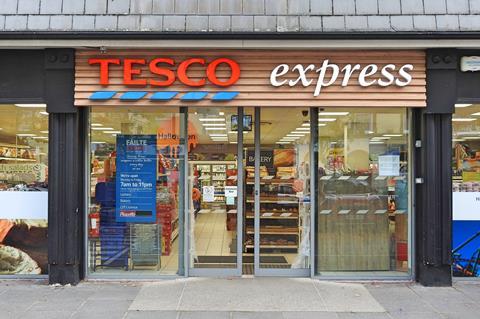
In the US, at least, Bain says that grocers may have expanded too much already. Its calculations are that the market would need to reduce its space by 10% and store count by 15% to return to its peak historic productivity levels.
Overall store numbers have been in a long-term decline in the UK, although grocers have been putting investment into convenience store formats. Even then, there is a sense that leading retailers are tweaking their setup to optimise revenue: Tesco recently announced it was trialling shorter opening hours in certain Express branches.
“As closures progress, the role of remaining stores will need to evolve to reflect changing consumer behaviour, the growth of ecommerce (with more stores becoming micro-fulfilment hubs, for instance), and the growth opportunities available outside traditional retailing activities,” the report says.
The hunt for scale will cross borders
Lastly, Bain says that a dominant factor in success in recent years has simply been scale. Amazon, Walmart and Costco have cumulatively driven between 15 and 50% of all retail growth in the US in recent years.
Despite the cross-border barriers set-up by a US government increasingly keen on tariffs, Bain says that the need to compete may nevertheless drive retailers into new countries in a move to gain size. “We wouldn’t be surprised…to see a rise in cross-border mergers and acquisitions in retail to add scale, create a more compelling return on technology investment, and access new markets.”

Want to peak behind the curtain into the strategies of leading global ecommerce retailers? Access your free copy of The World’s Best Ecommerce Retailers today to discover more.
You will discover:
-
Where the top 10 retailers are investing money, time and resource to see the greatest returns online
-
What’s shaping today’s ecommerce landscape and what you should be prioritising to drive growth
-
Which digital innovations are all hype, and which really contribute to conversions
-
How getting online payments right can drive loyalty and boost basket spend


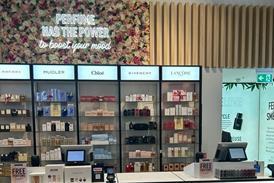

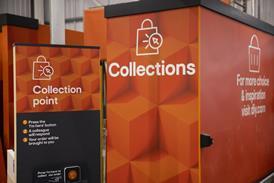
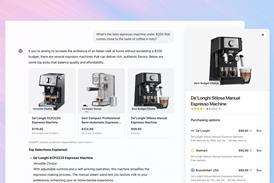
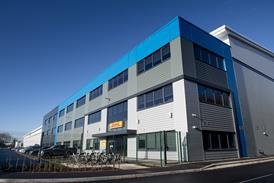
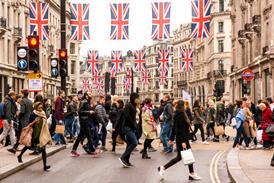
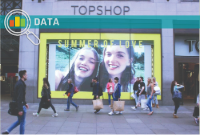





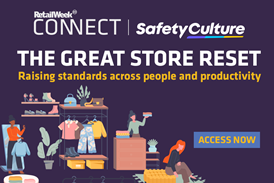




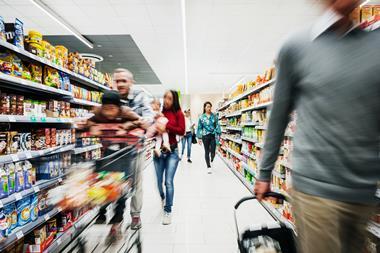
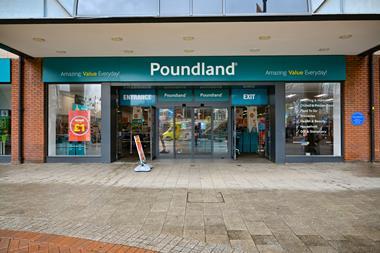


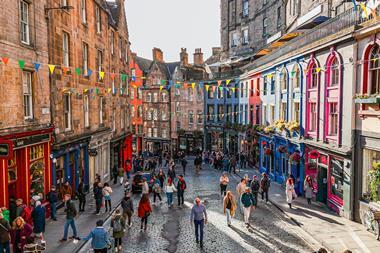




















No comments yet